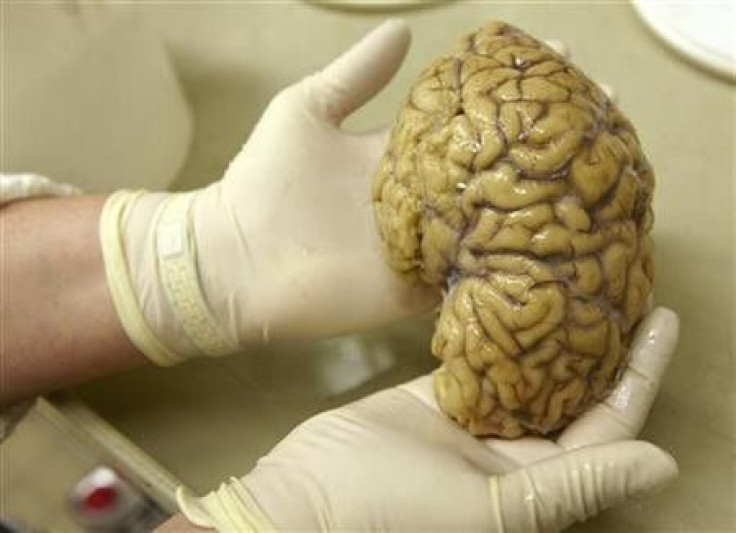Brain Cancer is the Biggest Killer Among Children: Study

Brain cancer or brain tumour is the most common type of disease found in children across the globe. It kills approximately 30 children ever year in Australia, according to a recent study.
Brain cancer or brain tumours are the most common disease killing children of all age groups across the world. According to a recent research, nine out of ten Australians are unaware of the 'alarming' figures. There is less awareness about brain cancers, with funding being blamed for the low survival rate in the past 30 years.
According to Charlie Teo, founder of the Cure Brain Cancer Foundation in Australia, most Australians believe that leukaemia is the main killer among children, while the fact is that 90 per cent of children who are diagnosed with leukaemia have survived five years. An average of 30 children die of brain cancer each year in Australia. In the UK, nearly 400 children develop brain tumour each year, with boys being affected more than girls. The survival rate of brain cancer is only 20 per cent, while people surviving after being diagnosed with glioblastoma, an extremely fatal brain cancer, are only 5 per cent.
"It has been ranked number one, both here (Australia) and in America and other countries in Europe, as the cancer that has the greatest impact on society. That sounds weird given it's a rare cancer but it is because it's such a terrible, devastating cancer that it has such a huge impact," said Teo. He further explained that while research into the treatment of other types of cancers, such as breast cancers, have shown an increase of survival rate by 17 per cent in the past three decades.
Due to insufficient funds, childhood brain cancers are becoming very difficult to treat. Cancer treatment involves chemotherapy/radiotherapy or surgery. These treatments can be extremely dangerous and harmful on little children, whose brains are yet in the developing stage. Even if the child becomes free of tumour, the after effects (disability) can be devastating.
Teo, along with other researchers is trying to push for greater awareness and funding for brain cancers through a new television advertising campaign launched recently. "The point we're trying to make with this campaign is that yes, it's a rare cancer and we don't resent all the other cancers getting their funding... but we want an amount of funding that's commensurate with the impact that brain cancer has on our children and on our society," concluded Teo.






